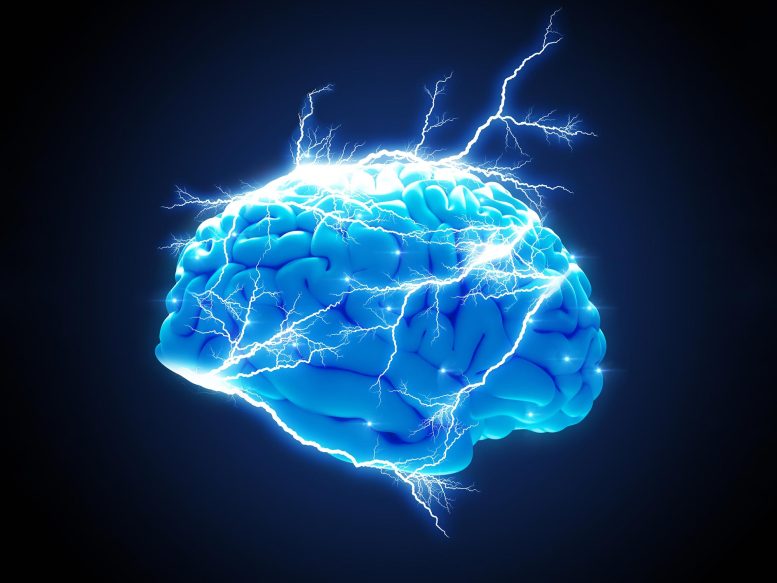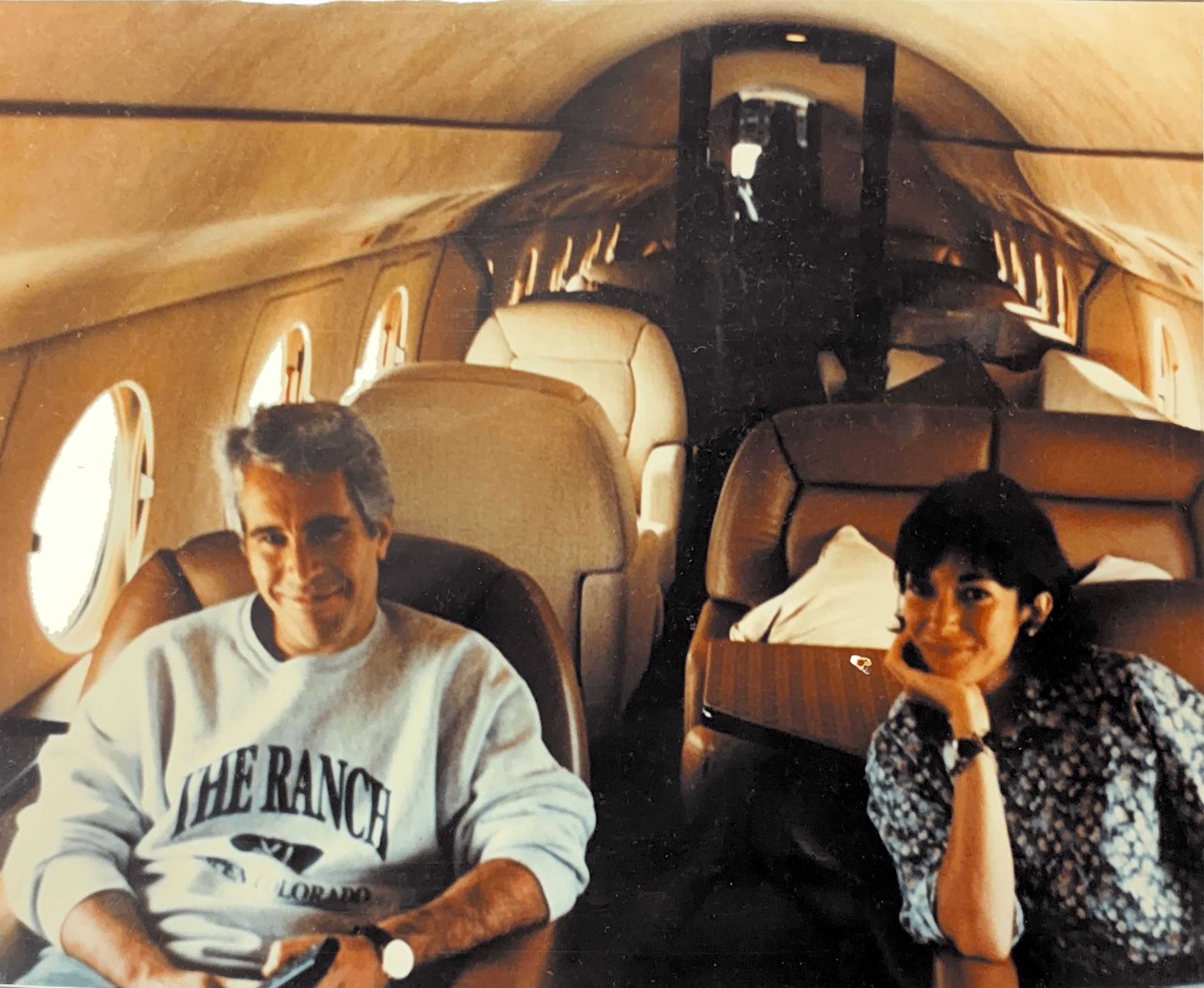Scientists Discover Possible Reason for Sudden Unexplained Death in Children

A recent study has unveiled short seizures as a plausible cause behind the abrupt, unexplained deaths of young children while they are asleep, elucidating more than 3,000 annual tragedies within the U.S. The study touts the necessity to investigate further the part seizures play in such deaths and offers new pathways for comprehension and prevention.
The study aimed at unlocking understanding into the unexpected deaths of young children, generally during sleep, discovered fleeting seizures characterized by muscle spasms to be a theoretical cause.
Analysts suggest over 3,000 families within the U.S. annually suffer the unexplained and sudden loss of a baby or young child. Most are infants succumbing to sudden infant death syndrome, or SIDS, but at least 400 cases involve children aged 1 or over and fall under sudden unexplained death in children (SUDC). More than half of these children are of toddler age.
The study results are drawn from a registry of over 300 SUDC instances, collated a decade ago by researchers at NYU Grossman School of Medicine. Investigators took advantage of thorough medical record examination and video evidence donated by families to examine the enigmatic deaths of seven toddlers between the ages of 1 and 3 that might be ascribed to seizures. The authors state these seizures were less than 60 seconds in duration and took place within the 30 minutes immediately prior to each child's death.
Historically, researchers have sought an explanation for sudden deaths among children, noting a connection with febrile seizures (seizures accompanied by fever). Previous studies have suggested children who die suddenly and without explanation are 10 times more likely to have had febrile seizures than those who did not. One-third of all SUDC cases registered at NYU Langone Health also noted febrile seizures.
Published in Neurology, the new study analyzed rare SUDC instances for which there were also home video recordings, either from home security or commercial crib camera systems, recorded as each child slept on the night or afternoon of their death.
Five of the total seven recordings were operational non-stop while a seizure event was visually detected or audible. Two were activated by sound or motion, with only one suggesting a muscle convulsion indicative of seizure had ensued. Only one child had previously documented febrile seizures. After death, all children underwent autopsy which revealed no clear cause of death.
The lead researcher, Laura Gould, stated that despite its limited size, the study provides the initial direct evidence that seizures might be culpable in some nursery deaths during sleep. Video evidence was crucial to this finding, as without it seizure would have been overlooked as a cause.
The senior investigator and neurologist, Orrin Devinsky, stated that seizures are far more prevalent than medical history suggests and that more research is required to determine if frequent seizures contribute to sleep-related deaths in toddlers, infants, older children, and adults.
According to Devinsky, an important lead to understanding why these deaths take place might be convulsive seizures, and studying such cases could offer critical insight into deaths caused by SIDS and epilepsy as well.
Devinsky points out that more research is needed to understand how seizures, with or without a fever, can lead to sudden death. Earlier investigation about epilepsy patients revealed that post-seizure breathing issues could lead to death, particularly in conditions where the patient is sleeping face down.
To confirm such findings, continuous tracking of child deaths and enhancements in health records to delineate how frequently convulsive seizures occur before such a death are essential. Underreporting is an issue as seizure-related deaths are frequently overlooked both in individuals living with epilepsy and those without.
For the study, experts in forensic pathology, neurology, and sleep medicine analyzed each recording for video quality, sound, and motion. From this, they were able to determine which toddlers showed signs of muscle convulsions as a sign of seizures prior to their death and when. Access to the videos was and remains strictly limited to the researchers involved in the study.




